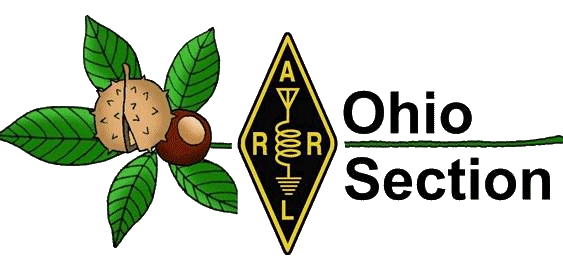Simplex and Contesting Operating Tips
Here are some general operating tips for working contest:
- Simplex operations are not like repeater operations. Leave the squelch wide open or only very very slightly closed so weak-signal stations can be heard.
- Ensure that PL/CTCSS and DCS are disabled and the radio is not doing an automatic repeater offset (i.e. shifting on transmit)
- Height is king. VHF and UHF are line-of-sight modes. If one doesn’t have a fixed station with a good antenna, consider erecting a temporary mast with a dual-band or tri-band vertical at the top. Since this is a short contest, consider going mobile or portable to high ground in your area.
- Consider building an inexpensive J-Pole antenna and get it up in the air on a temporary mast or even hanging it from a tree. This will be better than any HT and almost any mobile mount. You can use it even with your HT with the right feedline and 5W will go surprisingly far when properly elevated.
- Operation will go in spurts when a new station appears or when a rover station gets to their destination. Don’t get discouraged by long periods of static.
- Don’t be afraid to call CQ. Technician Class holders may not be familiar with this classic HF concept. Calling out “CQ CQ this is WW8TF in Summit County for the Ohio Simplex Contest” is all you need to do. As always, listen first before transmitting to ensure the frequency is not in use. With VHF+ simplex contesting, various hams will “take turns” on the common 2m and 70cm frequencies. Don’t be afraid to ask another ham who has been calling CQ without response if you can take a turn on the frequency. Most hams are glad to be accommodating.
- Unlike repeater operations or casual ragchew, you will need to keep a log. If this is an unfamiliar operation, do the log on paper. With the Ohio Simplex contest, you do not need to submit in the contesting-standard Cabrillo log format so a software package is unnecessary. A simple sheet of paper with the headings of Time, Frequency, Callsign, County, and Bonuses will be all you need. The bonuses field is where one records the “extra” points such as communicating with an Emergency Operations Center (EOC) or a ARES official.
- Advertise Advertise Advertise
- Your club
- Post here
- X/Twitter, Facebook, whatever – also prepare to update day-of as your schedule may shift
- Consider APRS if you have the capability (or maybe this is a good time to get into it!)
